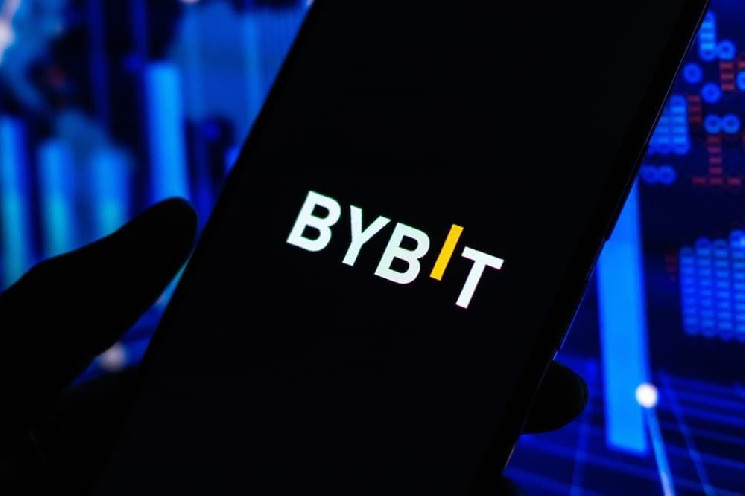Bybit, one of the top three cryptocurrency exchanges by volume, has announced a collaboration with Fireblocks, an enterprise for digital asset management and blockchain innovation, as per the info shared with Finbold on June 18.
Bybit will integrate Fireblocks’ Off Exchange solution to reduce counterparty risk for institutional trades.
Fireblocks’ Off Exchange
Fireblocks’ Off Exchange solutions let institutional clients deal with centralized exchanges (CEXs) by using an on-chain multiparty computation (MPC) wallet, which mitigates the risks associated with counterparty exchanges.
The new integration will rely on MPC technology to allow traders to allocate their assets directly to an exchange from a mutually controlled wallet.
This allows them to safeguard their assets in case of hacks, bankruptcy, and fraud, all while ensuring that client accounts are fully collateralized.
By leveraging Off Exchange, Bybit will enhance its security protocols to meet the increasingly demanding needs of institutional traders.
Eugene Cheung, Head of Institutions at Bybit, commented on Bybit’s dedication to more secure enterprise solutions, stating:
“At Bybit, we are committed to fostering trust in the crypto industry and enhancing the security of institutional trades. The integration of Fireblocks Off Exchange offers enhanced on-chain transparency and a reliable trading environment, reinforcing trust and confidence for our customers. By leveraging Fireblocks, we underscore our unwavering commitment to institutional asset safety, which has always been a top priority for us.”
The benefits of Fireblocks’ Off Exchange
The Fireblocks Off Exchange offers several key benefits for institutional clients.
By using MPC wallets, Off Exchange locks and mirrors assets to the connected exchange.
Funds in the collateral vault accounts (CVAs) are likewise securely locked, reducing the risk of unauthorized access or asset loss.
In addition, the blockchain-native system ensures real-time on-chain settlement, recording transactions and asset movements on the blockchain.
This approach means more transparency and traceability for both the platform and its institutional clients, who can withdraw assets to other venues or wallets once the CVA is rebalanced.
By optimizing capital allocation and facilitating trading activities, the new approach ensures more liquidity, benefiting both clients and the exchange.







Leave a Reply